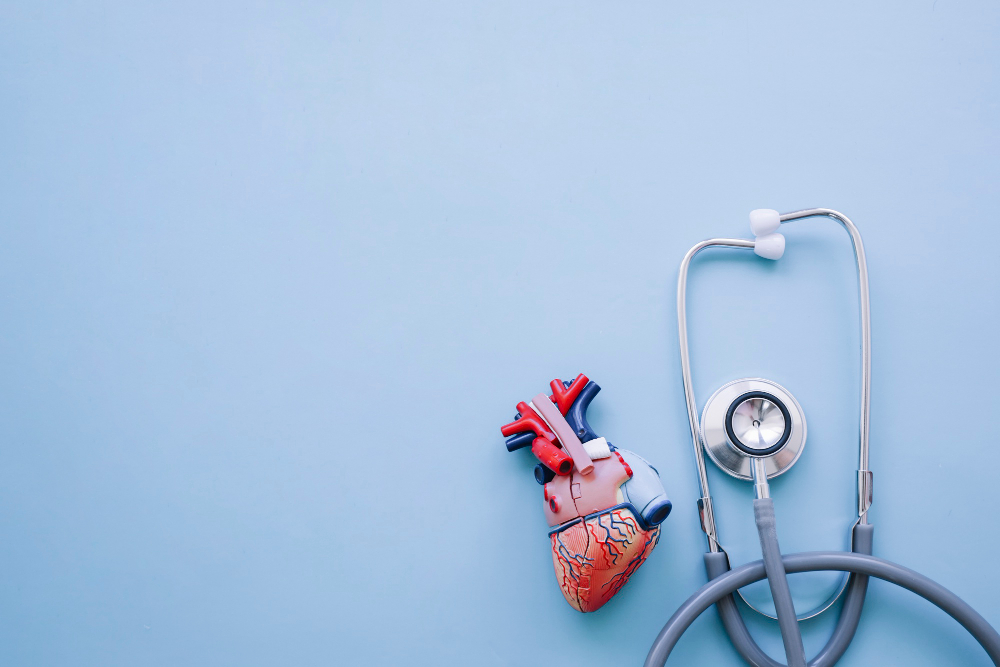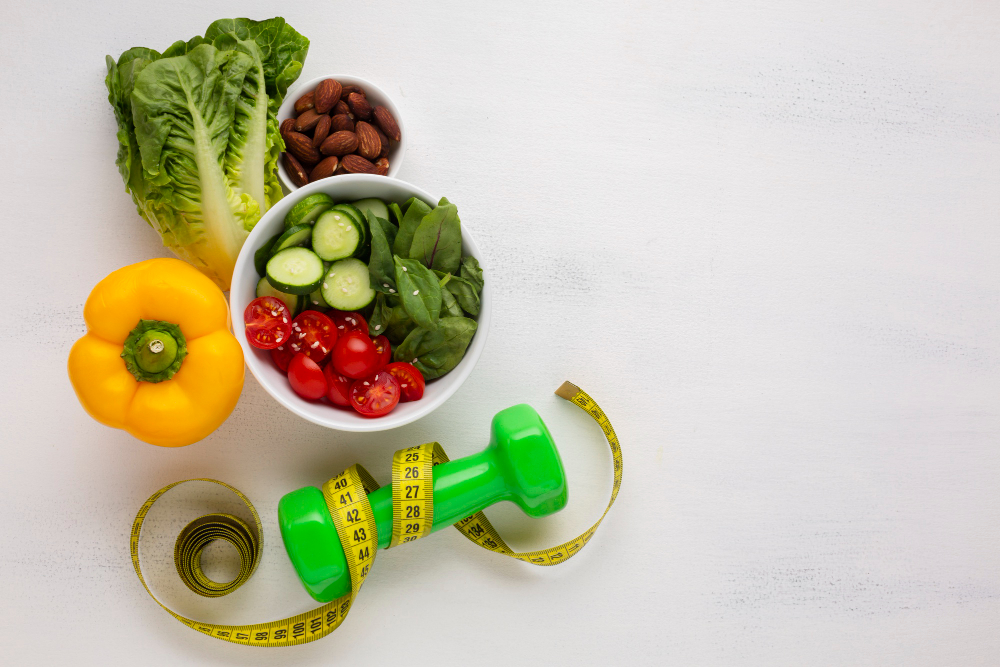In this article, we focused more on hypertension and heart attack, the two most common cardiovascular diseases. We have also included many resources on cardiovascular care that will be updated regularly.
A Late Night Call
It was 1:46 a.m., and I was trying to sleep (I sleep late. I can’t remember the last time I slept at 8:00 p.m. or 9:00 p.m. Sleeping early is a luxury to me) when I got a call from my chief interventional cardiologist.
As soon as my phone rang, I knew it was a call from the hospital.
People hardly get phone calls at 12:00 a.m. or 2:00 a.m. unless they are emergency calls or “Extra-cool calls”.
Most of us (the older ones) would remember MTN’s extra cool calls.
Hold it there.
This is no romance story.
This one is a story of life and death.
I quickly picked up my tired body, informed my wife about it, dressed up, and waited for the hospital car to pick me up.
“Hello, Daniel, how are you doing?”
“I am doing fine, sir and you?”
My chief interventional cardiologist is an interesting doctor.
Gentle, calm, intelligent, and very determined.
I like him.
We need more good doctors like him in our hospitals.
“We have an emergency, Inferior Wall Myocardial Infarction.”
He already gave me a brief history of the patient via the call.
Those of us in cardiology or emergency medicine would understand better.
An MI is a scary, life-threatening medical emergency; in layman’s language, it happens when the heart is not getting enough blood supply to its muscles due to blocked coronary vessels (heart supply vessels).
Within a short period, the muscles begin to die, and if nothing is done about it, death can quickly occur or permanent disability.
On getting to the hospital, I quickly ran to the ER, where our interventional cardiologists and cath-lab tech were already waiting for me.
“Hello, Daniel, welcome.”
“So, this is Mr Edmund (not real name)…”
He gave me more history and quickly explained what we would likely do in the cath lab to open the blocked heart vessels (arteries).
I walked to Mr Edmund’s bedside.
He had an IV line connected and a monitor/defibrillator attached.
His cardiac enzymes were high, and the monitor showed ECG tracings of an inferior wall myocardial infarction.
I could see panic and anxiety written all over his face.
I re-introduced myself and told him everything was going to be okay.
His wife was also by his side, looking worried. I reassured her that she should not worry; her husband would be fine.
After seeing the patient and getting to know him and his wife better, I quickly went upstairs to prepare the lab for the procedure.
In less than five minutes, he was transferred into the cath lab for what we call a coronary angiography+/- angioplasty.
We didn’t just do a coronary angiography (a procedure where special catheters and wires are used to access the coronary vessels and check for blockages using medical dye or contrast under fluoroscopy, a type of X-ray). We also did an angioplasty, where we used stents and balloons to open blocked coronary blood vessels.
In about three hours or four, we had finished the procedure.
Mr Edmund was fortunate.
He had multiple occluded coronary arteries.
We had to insert three stents to open up his coronary arteries.
It would have been a different story if he was in a place with no cardiac cath lab.
Coronary angiographies can be done in under 30 minutes (or less), but angioplasties take more time, from two to four or more hours.
The time depends on the nature of the blockages/lesions, the number of stents to be placed, available equipment, and the skill and experience of the interventional cardiologists, cath-lab nurses, and supporting professionals.
We moved Mr Edmund to the Coronary Care Unit, a special unit for post-coronary/cardiac cases.
He was doing extremely fine; the crushing chest pain which he came in with had gone, and his countenance had improved; he was now smiling and gisting with me, telling me his history and more about himself.
I was happy he was doing fine and already recovering.
We handed him over to the cardiac team, and as we were leaving, I met his wife, who had already talked with the interventional cardiologists; he had already explained what had been done for her husband.
She was looking happier and more relaxed.
I also reassured her and led her to her husband’s bedside. She was all smiley and happy to see him.
Leaving the coronary unit and headed for the cath lab to put things in order post-procedure, I couldn’t stop thinking about healthcare in Nigeria and how our poor healthcare system has caused the preventable deaths of millions of Nigerians.
In Nigeria, many people die from cardiac arrest every day, and a large percentage of these deaths are preventable.
Yes, preventable!
Unfortunately, sophisticated medical interventions like coronary angiographies and angioplasties are far from the reach of the “common man”.
I left the hospital at about noon that day. Oh yes, noon, from 2:00 a.m.
I was tired to my bones, but at the same time, I was happy we were able to intervene quickly to save the life of Mr Edmund.
A lot of people are not as lucky as Mr Edmund.
Even the wealthy who can afford the kind of medical intervention that saved his life might not be lucky enough to receive medical attention on time.
The primary reason I wrote this article is to educate more Nigerians about the importance of taking care of their hearts, and it’s also an expression of my concern for Nigeria’s healthcare system.
What Is A Heart Attack?
The heart muscle is supplied with oxygen-rich blood via two major blood vessels, the coronary arteries and their branches.
When the heart doesn’t get enough blood supply, primarily due to occlusion (in a major artery) from coronary artery disease or other factors like severe spasms or sudden contraction (from stress, severe physical exertion or cold weather), the heart muscle dies gradually. If nothing is done about it, a heart attack occurs, which can lead to death if there’s delayed intervention.
Signs & Symptoms
The onset of coronary artery disease is slow and gradual.
Over the years, plaque slowly builds up in the coronary arteries.
Symptoms appear when the occlusion becomes severe enough to prevent the heart from receiving enough blood supply.
Mild symptoms may include pain, chest discomfort, or shortness of breath. If you ever have any form of chest discomfort, it’s strongly advisable to quickly visit the hospital for a thorough cardiac investigation.
Major symptoms include:
- Chest pain or discomfort: Chest pain or discomfort is a cardinal sign of a heart attack. It could be mild or severe, starting from the centre or left side of the chest and lasting for more than a few minutes. It may feel like uncomfortable pressure, squeezing, fullness, or pain, which is felt in the jaw, neck, back, or both arms and shoulders.
- Feeling of lightheadedness, weak or faint: When the heart isn’t getting enough oxygen supply, its muscle won’t function properly, affecting its ability to pump enough blood to the brain, which consumes a lot of the body’s oxygen supply.
- Shortness of breath: The heart and lungs work closely together. Blood is pumped to the lungs for oxygenation and returns to the heart for circulation. If the heart can’t pump blood effectively, the lungs won’t get enough, leading to shortness of breath, especially during physical activity.
Other symptoms may include:
- Heart palpitations.
- Indigestion, nausea and vomiting.
- Sweating day and night.
- Fatigue.
Heart attack symptoms in women present quite differently from men. We have included a rich resources section at the end of the article where you can read more about heart attacks, symptoms, and more.
“Did you know that it’s possible to have a heart attack without experiencing any chest pain? Heart failure and heart disease may present different signs, especially in women.”
Taking Care Of Your Cardiovascular Health

May Measure Month is a global blood pressure screening awareness initiative created by the International Society of Hypertension.
This initiative aims to raise awareness about the importance of regular blood pressure checks, especially among adults and those at risk of hypertension.
Read our World Hypertension Day article here. It contains a lot of researched resources on hypertension.
Blood pressure is one of the most important physiological parameters. It measures the pressure of the blood moving through the arteries.
For organs and tissues in our bodies to function well, they need a constant supply of oxygen-rich blood. Blood can only reach all organs and tissues when the pressure is right.
However, certain conditions can cause blood pressure to remain persistently high, and this persistent increase can damage blood vessels and vital organs in the body.
This is why, in cardiovascular care, the most recurrent medical advice is to check your blood pressure constantly.
The blood pressure checks come first before an ECG, Echo, or other advanced cardiovascular screenings.
If you’ve not been checking your blood pressure regularly, this is an urgent reminder to start doing so.
Even if you feel you can’t become hypertensive, you must ensure to check regularly.
Some people have been living with hypertension for years and don’t know about it, and the only way they usually find out is through an accidental blood pressure check.
What makes hypertension even scarier is that it doesn’t present with symptoms, and it takes some time for the effects of persistently elevated blood pressure to show.
High blood pressure is the number one cause of stroke and heart attack, the two major causes of death worldwide.
If more people were aware of how to control their blood pressure, we would have fewer people having strokes and heart attacks and dying from them.
What other things can we do to take care of our cardiovascular health?
Start with the basics.
What We Eat

Eat a healthy heart diet!
- Reduce your salt intake to the barest minimum. May 13 – 19 was World Salt Awareness Week. This annual campaign serves as a reminder for everyone to take proactive steps towards reducing salt intake. Too much salt increases the risk of developing high blood pressure. According to the World Health Organization, the recommended daily salt consumption shouldn’t be more than 5g. But we consume more than this every day because we don’t measure our salt intake, and salt is virtually present in most foods we consume, most times in tiny, unquantifiable quantities. You don’t have to swallow a mound of salt before it affects your blood pressure; excessive consumption accumulates with resultant adverse effects over time.
“An estimated one in 10 people have what’s called inverse salt sensitivity: their blood pressure goes up when they eat less salt.”
Read more about how salt (sodium) affects blood pressure here.
- Eat healthy. Avoid unhealthy fats, and embrace healthy fats, proteins and vegetables. You need to consume more whole grains, fibre and antioxidants. These are not luxuries, so you don’t have any excuses whatsoever. Isn’t it wonderful that what we eat contributes significantly to our health? Avoid foods high in saturated and trans fats like takeaway foods, fried foods, biscuits, pastries, and processed meats. Eating foods high in saturated and trans fats increases blood cholesterol levels, which can clog blood vessels and cause an increase in blood pressure. On the other hand, food rich in fibre can help lower ‘LDL’ cholesterol levels (bad cholesterol). Aim to eat healthier unsaturated fats like avocados, olive oil, and eggs that can help increase HDL cholesterol levels (good cholesterol). It’s also important to know your cholesterol levels. It helps you to know how to modify what you consume.
Read more about healthy heart eating here.
- Move more, sit less, and be more active. Sitting is the new smoking. Have you ever heard that? Being active is an effective, cost-free method of preventing cardiovascular diseases and staying healthy. It won’t cost you anything to stay active—just a few sweats. Obesity and inactivity are becoming a real problem in this modern age where advanced technology has made life so easy, limiting our movements and bringing things to our fingertips at the click of buttons. Doing 30-60 minutes of moderate-intensity physical activity, such as walking, jogging, etc., is recommended most days of the week.
Read more about physical activity and your heart health here.
- Regular blood pressure checks and routine cardiovascular checkups. We already discussed the importance of checking your blood pressure regularly. Another vital thing to do is routine cardiovascular checkups. If you can afford it, doing a complete cardiovascular workout is advisable. Most hospitals in Nigeria now offer services like this, where you can get routine cardiac checks like ECG, Echo, Stress Tests, etc. You can do this yearly or once in two years.
- Stop smoking as it can harm your cardiovascular health and accelerate the development of cardiovascular diseases if you are at risk. Smoking has been linked to a lot of serious health issues like cancer of the lungs, throat and other diseases. Stopping might not be easy, but it’s definitely possible.
Read more on how to stop smoking here.
In summary:
- Eat healthy.
- Be active.
- Stop smoking.
- Regular cardiovascular checkups.
Prevention is the best approach in cardiovascular care.
Eating healthy, staying active, not smoking, and getting regular checkups are better than neglecting these simple habits. Doing these simple things can help prevent or stop the progression of cardiovascular diseases.
Mr Edmund is doing fine. I saw him during one of his routine post-coronary angioplasty checkups. He’s now more intentional about what he eats, has stopped consuming alcohol, has started mild exercise, and his overall well-being has improved tremendously.
Advanced cardiovascular care in Nigeria still has a long way to go.
There are a lot of grounds to cover, especially in the area of emergency cardiovascular care.
Very few hospitals have cardiac catheterization labs, and the few that do are private and out of reach for many.
Cardiac care in Nigeria should be given the same priority as maternal care. The government should work hard to ensure that the number of people who die from a heart attack is reduced by ensuring that more government facilities across the country are equipped with standard cardiac catheterization laboratories.
They should also intensify cardiac health campaigns across the country, especially in rural areas where knowledge of how to prevent and manage cardiovascular diseases is low.
The Bottom Line
There are many people like Mr Edmund out there who are on the verge of a heart attack.
Many are a second, minute or a day away from coming down with a heart attack.
Unfortunately, many of them may not be as lucky as Mr Edmund, who was close to a healthcare centre with standard ambulatory cardiac care services and had the financial capacity to afford it.
Nevertheless, you can significantly reduce your risk by following what we have outlined in this article.
We have also added a lot of resources to help you learn more about cardiovascular health.
Additional Resources
- Healthy Eating To Protect Your Heart | Heart Foundation
- Warning signs of a heart attack | Healthline
- Heart attack symptoms in women | Heart.org
Follow Care City on Instagram, Twitter, Facebook and LinkedIn for more.





